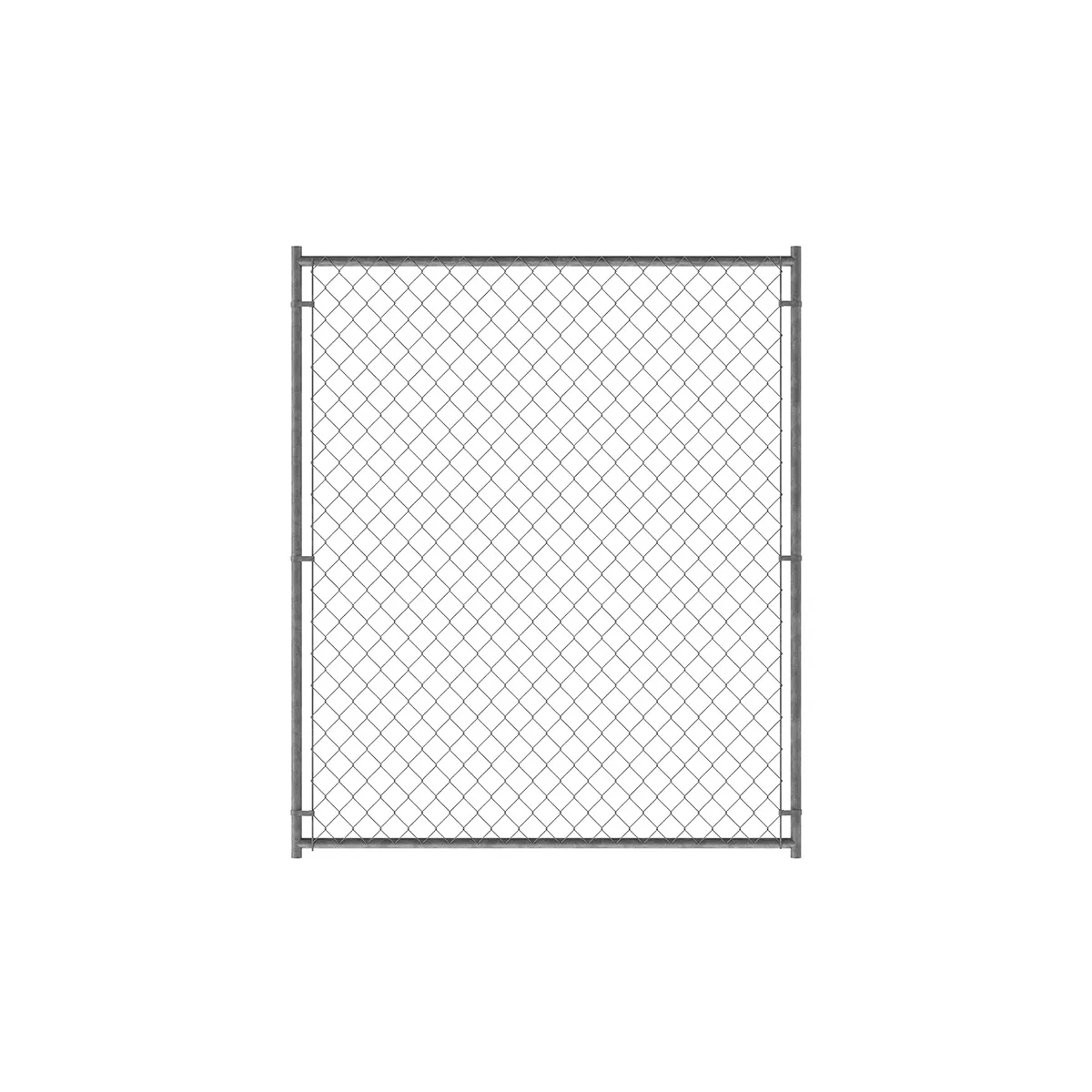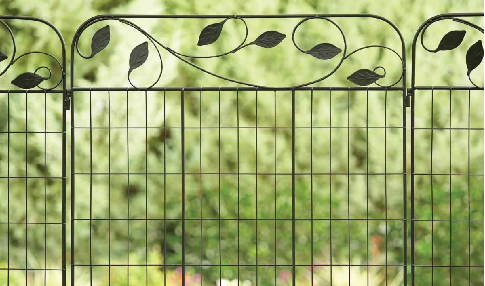Related News
installing metal garden fence posts
يناير . 24, 2025 02:35Installing metal garden fence posts is a task that combines precision, durability, and an eye for detail. For homeowners who seek both functionality and aesthetic appeal, this guide provides a comprehensive look into seamlessly integrating metal posts into your garden landscape.


Once the holes are prepared, setting the posts requires attention to detail for alignment and stability. Using a level during this process ensures each post is perfectly vertical. Fill the holes with concrete mix, surrounding the post base, to solidify their position. Allow the concrete to cure thoroughly—typically over 24 hours—before proceeding with attaching fence panels. This step is crucial for long-term structural integrity. Attaching the fence panels to the posts requires both skill and patience. Depending on your fence design, this might involve welding or screwing panels to the posts. Each method has its advantages; welding offers a seamless, durable connection, while screwing allows for easier adjustments or replacements. Ensure that connections are secure to prevent any future wobbling or detachment. Maintenance of metal garden fence posts, though minimal compared to other materials, involves periodic checks for signs of rust or structural damage. Treating exposed metal with a rust-inhibiting primer and paint can significantly extend the life of your posts. Additionally, keeping the base area clear of wet debris aids in preventing rust and maintaining the fence’s condition. In conclusion, installing metal garden fence posts is an investment in your property’s security and aesthetics. Its success hinges on meticulous planning, precise execution, and routine maintenance. By choosing quality materials and following these expert guidelines, you ensure that your garden fence not only enhances your home's beauty but stands the test of time—offering peace of mind for years to come.




















